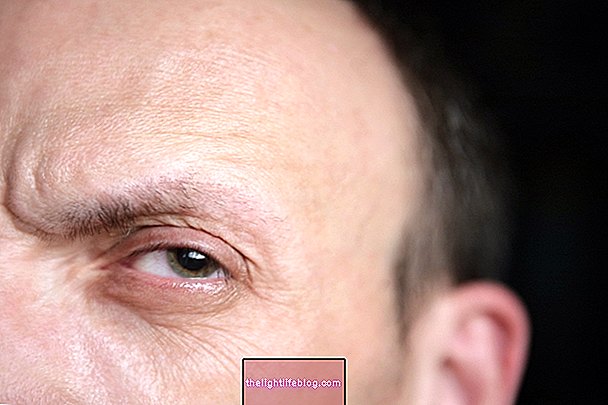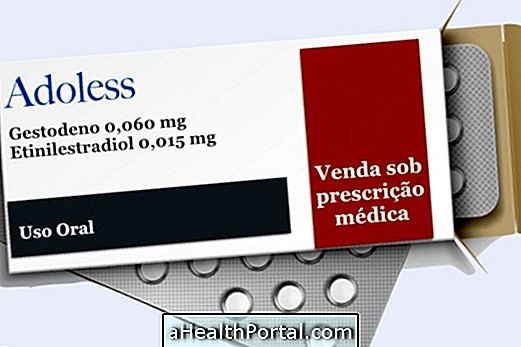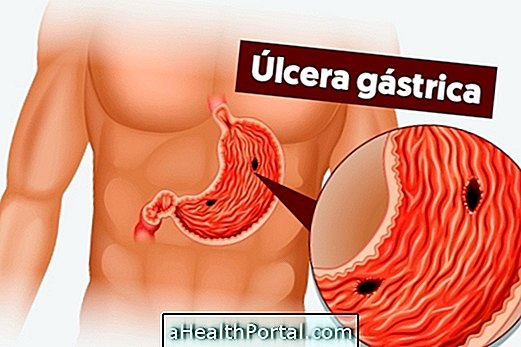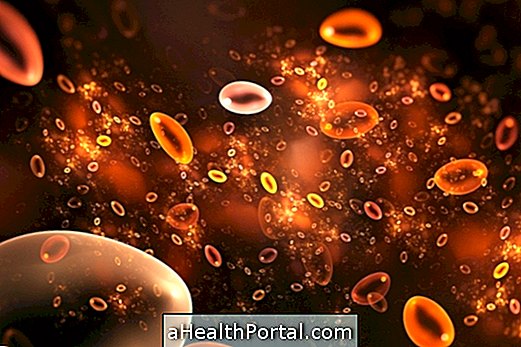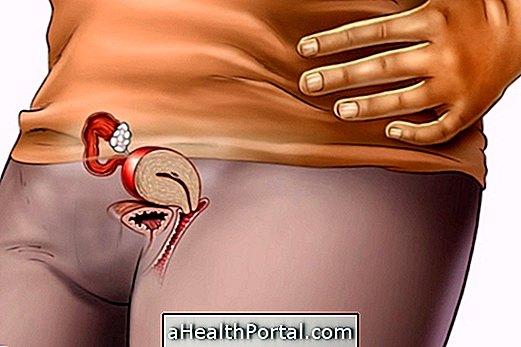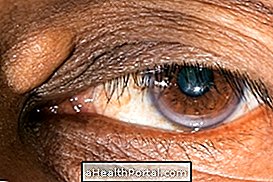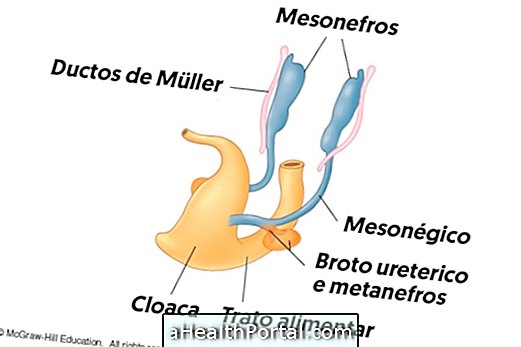Nystagmus is the involuntary and oscillatory movement of the eyes, which can happen even if the head is stopped, and may result in some symptoms, such as nausea, vomiting and imbalance, for example.
The movement of the eyes can happen from side to side, being called horizontal nystagmus, from top to bottom, receiving the name of vertical nystagmus, or in circles, this type being called rotational nystagmus.
Nystagmus can be considered normal, when it happens with the aim of following the movement of the head and focusing on an image, for example, but can also be considered pathological when it happens even with the head stopped, and may be a consequence of labyrinthitis, neurological or side effect of medication, for example.

How to identify nystagmus
Nystagmus is characterized mainly by the involuntary movement of the eyes, which may be normal or due to some condition of the person, in this case called pathological nystagmus. Nystagmus consists of two movements, one slow and one fast. Slow motion occurs when the eyes follow the movement of the head, focusing on a fixed point. When the eyes reach their limit, rapid movement returns them to the starting position.
When slow and rapid movement occurs even when the head is stopped, the movements of the eyes become more noticeable, and this condition is called pathological nystagmus.
In addition to involuntary eye movements, nystagmus can be noticed due to the appearance of some symptoms such as imbalance, nausea, vomiting and dizziness.
Main causes
According to the cause, nystagmus can be classified into two main types:
- Physiological nystagmus, in which the eyes move normally in order to focus an image when we turn our heads, for example;
- Pathological nystagmus, in which the movements of the eyes happen even with the head stopped, usually indicating that there are changes in the vestibular system, which is a system responsible not only for hearing and maintaining balance, but also for sending electrical impulses to the brain and regions that control eye movements.
In addition to classification in physiological and pathological, nystagmus can also be classified into congenital, when it is perceived soon after birth, or acquired, which happens due to several situations that may occur throughout life, the main causes being:
- Labyrinthitis;
- Neurological changes in tumor streams or head bumps, for example;
- Loss of vision;
- Nutritional deficiencies, such as vitamin B12, for example;
- Stroke;
- Excessive consumption of alcoholic beverages;
- Side effect of medications.
In addition, people with Down Syndrome or albinism, for example, are more likely to have nystagmus.
The diagnosis is made by the ophthalmologist through observation of eye movements, in addition to performing specific tests, such as electrooculography and videooculography, for example, in which involuntary eye movements are observed in real time and more accurately.
How is the treatment done?
The treatment for nystagmus is done in order to reduce the occurrence of involuntary movements of the eye, so the ophthalmologist can indicate the treatment of the cause, and suspension of the medication responsible for nystagmus or vitamin supplementation may be recommended, when it is due to nutritional deficiencies.
In addition, the ophthalmologist may indicate the use of some medications that can act directly from the neurotransmitter system, and the use of contact lenses may be recommended.
In more severe cases, when involuntary movements are very frequent and occur independently of the position of the head, surgery may be necessary to alter the position of the muscles that are responsible for moving the eye, thus improving the ability to focus on objects, in addition to improving visual ability.



-e-como-tratar.jpg)




